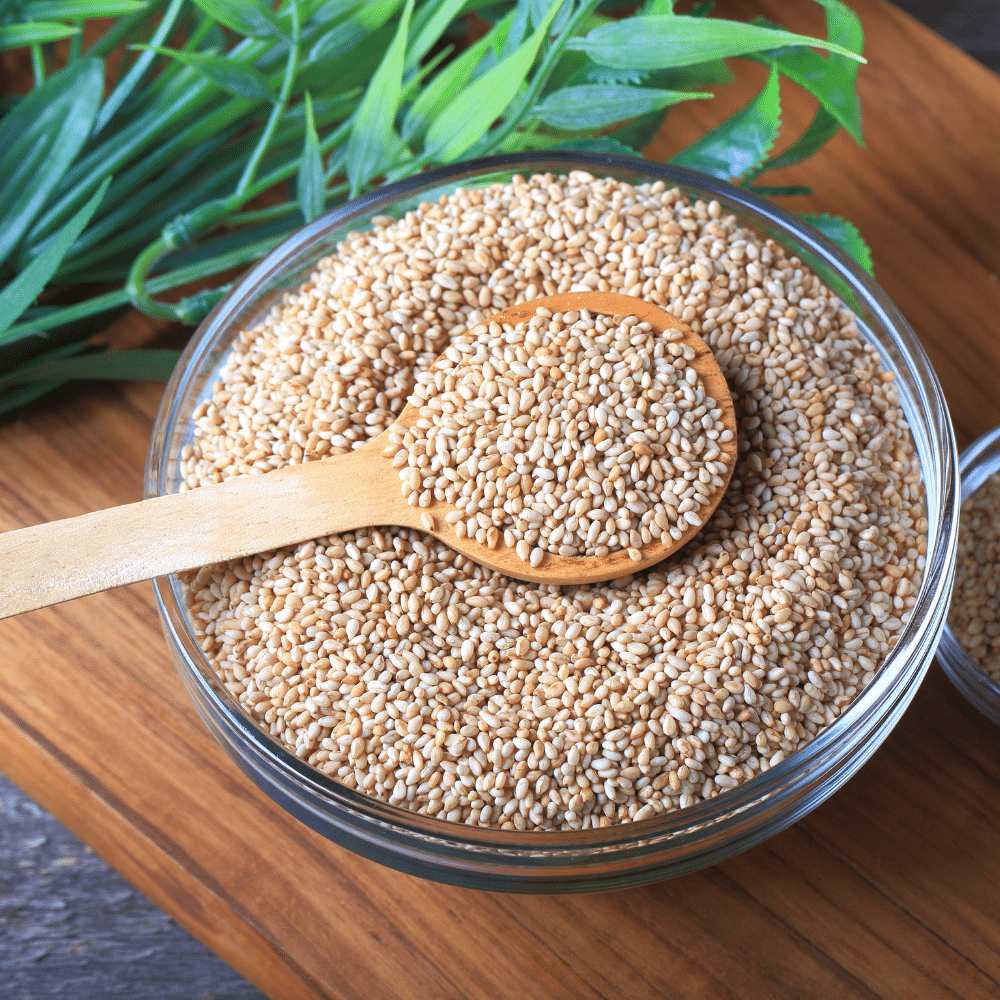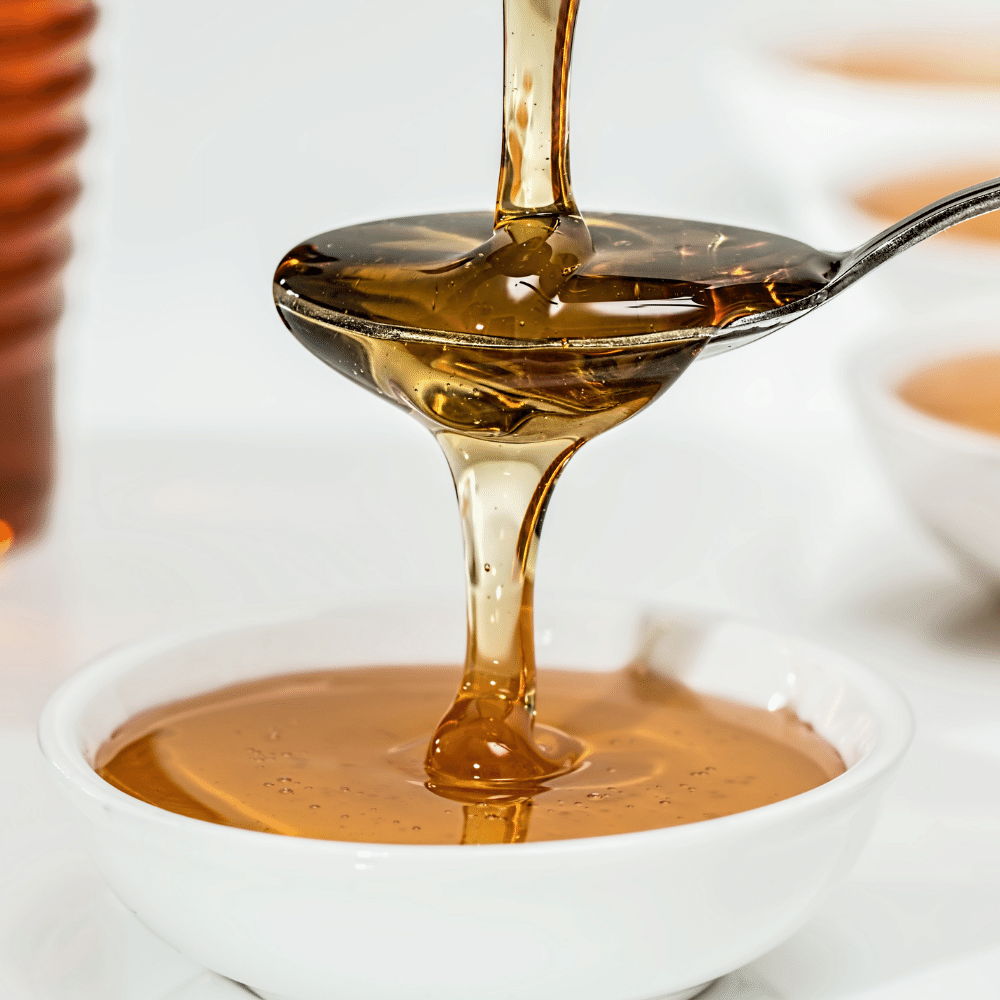If you’re a fan of Samyang noodles, then you know how delicious they are.
But did you know that there are lots of ways to make them even better?
That’s right!
There are tons of options for what to add to buldak ramen.

From vegetables to protein, there’s something for everyone.
And trust me, these additions will take your noodles from good to great.
So if you’re looking for some inspiration, look no further.
Here are 25 of the best things to add to Samyang noodles!
What to Add to Samyang Noodles?
There are many options for what to add to Samyang noodles. You could add vegetables like mushrooms, carrots, or green onions. You could also add protein such as chicken, beef, shrimp, or tofu. Finally, you could add a variety of sauces or spices to taste.
Still looking for options?
Then keep scrolling!
Here are 25 things you can add to Samyang noodles:
1. Cheese

There are tons of cheeses to choose from when it comes to noodles, but the most important factor is finding one that complements the dish.
For example, in the case of samyang noodles, a cheese like cheddar will add moisture and flavor while bringing out the nutty aspects of the buckwheat flour.
Another great option would be a hard cheese like gouda or brie, which will provide a nice crunchy texture and savory flavor.
When it comes to colors and textures, feel free to experiment; as long as you’re happy with the final result, there’s no wrong way to go!
2. Egg

Eggs can be cooked in many different ways, but the most common way is to scramble them.
Scrambled eggs are a great way to add flavor and texture to noodles, and they’re also a great way to use up leftover eggs.
Just be sure not to overcook them, or they’ll become dry and rubbery.
3. Bacon

Bacon makes anything taste better, and that goes for noodles just as much as anything else.
Not only does it add a savory depth of flavor, but it also helps thicken the sauce.
4. Kimchi

Kimchi is known for its umami flavor, and adding it to your noodles can really bring out their flavor.
For the best results, mix kimchi with some water before adding it to the noodles.
You can also add kimchi to soups or stews as a flavorful addition.
Just be sure to adjust the amount you add based on the recipe you’re using it in.
5. Corn

Corn is used in many different dishes around the world and is a perfect way to add a little sweetness and flavor to your noodles.
Add 1/4 cup of corn per cup of noodles and cook according to package instructions.
Be sure not to overcook it, as corn can easily become mushy.
6. Peas

Peas add a bit of crunch, color, and flavor to your noodles.
The amount you add will depend on the type of peas you’re using, but a general rule of thumb is 1/4 cup per pound of noodles.
If you’re using frozen peas, it’s best to thaw them first before adding them to the pot.
7. Broccoli

Most people think of broccoli as a healthy vegetable, but it can also be added to noodles to give them a little flavor.
Broccoli florets can be sautéed in a little oil or butter before adding to the boiling water, or they can be steamed along with the noodles.
Be sure to add only a small amount of broccoli, as it can become overpowering if too much is used.
8. Mushrooms

Mushrooms can be used in many dishes, but they are especially delicious in soups and stews.
When preparing them for cooking, it is important to avoid overcooking them so that they retain their flavor and texture.
Start by washing them well and trimming off the tough stems.
Then, slice them thin and sauté in a bit of oil or butter until they start to caramelize.
Add them to a soup or stew once it has been boiling for a few minutes, and they will add both flavor and moisture.
9. Green Onions

If you want some mild onion flavor in your noodles, adding a few green onions is a great way to go.
Start by slicing them thin and then soaking them in cold water for about 20 minutes.
This will help soften their flavor and reduce the amount of bitterness.
Once they’re ready, drain them and add them to the soup or stir-fry.
10. Red Pepper Flakes

How about some heat with your noodles?
Add a sprinkle of red pepper flakes to your boiling water before adding the noodles.
This will add a little bit of flavor and some warmth to your dish.
Be sure not to overdo it, as too much heat can ruin the delicate noodle texture.
The amount you add will depend on how spicy you want your dish to be.
11. Sesame Seeds

Sesame seeds not only enhance the look and flavor of this popular noodle, but they also add a healthy dose of protein and minerals.
Add a tablespoon or two to your dish before serving for a satisfying crunch.
Be sure not to overdo it, though — too many sesame seeds can turn your dish into a health hazard.
12. Soy Sauce

This Asian condiment can add a depth of flavor to your noodles, but be judicious with how much you add.
Too much soy sauce can overpower the delicate taste of the noodles, so start with just a teaspoon or two and add more as needed.
For a spicier version, try mixing in some chili oil or sriracha sauce.
13. Vinegar

Adding vinegar to your noodles will add a sour, acidic flavor that goes well with many dishes.
For best results, start by mixing in just a teaspoon or two of vinegar to a pot of boiling water before adding your noodles.
You can then either eat them right away or store them in the fridge for later.
For a stronger flavor, you can also add more vinegar to your dish before serving.
14. Sriracha

Sriracha can add some spice to your noodles, but you don’t need to use a lot of it.
A teaspoon will do the trick. Just be sure to shake the bottle before each use for even distribution.
For a more complex flavor, try adding a pinch of sugar or soy sauce, or even a tablespoon of chili paste (which can be found in the Asian section of most grocery stores).
Experiment until you find the flavor profile that you like best!
15. Honey

I know it might sound strange, but adding honey to your noodles can really liven them up.
Start by mixing in a tablespoon or two at the beginning of cooking, then adjust as needed depending on how sweet or tart you want your dish to be.
Be careful not to add too much, as it can easily overpower the other ingredients.
16. Garlic

Garlic is the superhero of the kitchen, and adding it to your noodles is a great way to add flavor and depth of flavor.
- Start by soaking the noodles in warm water for about 10 minutes, this will soften them up and make them more receptive to garlic’s flavors.
- Next, add a diced or crushed garlic clove to the boiling water, and let it cook for about 1 minute.
- After that, drain the noodles and add them to a bowl with some butter or oil, toss to coat, and serve.
Be sure not to overdo it – too much garlic can be overpowering.
17. Ginger

Ginger adds an interesting flavor to noodles that can vary depending on the type of noodle you’re using.
For example, udon noodles are delicate and can be overpowered with too much ginger, while soba noodles have a firmer texture and can take more of the spice.
Start with 1 teaspoon of ginger and adjust to your taste.
18. Lime Juice

Lime juice adds a freshness that no other ingredient can touch.
Add a squeeze of lime to your noodles before serving for an extra burst of flavor that will wake up your taste buds.
If you want to take things up a notch, try stirring in a tablespoon or two of chopped jalapeño peppers for a bit of heat.
Be sure not to overdo it though, as the jalapeño can be quite spicy!
19. Cilantro

Cilantro is a great way to add flavor and brightness to your noodles.
- Start by chopping the cilantro roughly, then add it to the boiling water with the noodles.
- Cook for 2-3 minutes, or until the cilantro is wilted.
Be sure to remove it before serving, as it can be overpowering if added too late in the cooking process.
20. Basil

Most herbs will work well in this dish, but basil is a standout.
The flavor of basil is subtle, so a small amount goes a long way.
Start by adding just a few leaves to the pot before cooking and increasing the amount as needed.
Be sure to remove them before serving to keep the dish light and refreshing.
21. Oregano

Known for its use in pizza, pasta, and chicken dishes, oregano is a versatile herb that can add a bit of flavor to your noodles.
Start by adding just a teaspoon or two to the pot of boiling water before adding the noodles.
For a bolder taste, try adding 1-2 tablespoons of chopped fresh oregano.
As with any herb, always start with less and add more as needed for maximum flavor.
22. Thyme

Thyme adds a delicious, woodsy flavor to noodles.
Start by adding a couple of sprigs to the boiling water before adding the noodles.
For a stronger thyme flavor, you can add up to 3 or 4 sprigs.
23. Rosemary

Rosemary can add a nice flavor to your noodles, but be careful not to overdo it.
A little goes a long way, so start with just a couple of sprigs and increase as needed.
24. Sun-Dried Tomatoes

Sure, these ugly little fruits pack a flavor punch, and they’re great for adding a touch of sweetness to savory dishes.
However, be careful not to overdo it; a little goes a long way.
For best results, add sun-dried tomatoes during the last few minutes of cooking, as their intense flavor will start to break down and mellow.
And as always, pay attention to the ingredients list: Anything that’s acidic (tomatoes are high in acid), salty, or spicy will overpower the delicate flavor of sun-dried tomatoes.
25. Olives

Olives always find a way to add flavor to any dish they’re in, and they’re especially great when it comes to noodles.
You can add them whole or chopped, but be sure to use a moderate amount so that the flavors don’t overwhelm the dish.
For a truly Mediterranean-inspired meal, try serving the noodles with a simple tomato sauce and some grilled chicken or fish.
What to Add to Samyang Spicy Noodles?
There are many ways to enjoy Samyang Spicy Noodles. Some people like to add vegetables, such as broccoli, carrots, or mushrooms. Others prefer to add meat, such as chicken, beef, or pork. And still others like to keep it simple and just enjoy the noodles as is.
What Goes Well with Samyang Noodles?
Samyang noodles are often served with a protein, such as grilled chicken, shrimp, or tofu. They can also be served with vegetables, such as broccoli, carrots, or zucchini. In addition, Samyang noodles can be served with a variety of sauces, such as soy sauce, chili sauce, or peanut sauce.
How to Make Samyang Noodles Taste Better?
There are a few ways to make Samyang noodles taste better. One way is to add some vegetables or meat to the noodles. Another way is to add a sauce or condiment to the noodles. Lastly, you can cook the noodles in a broth instead of water.

What to Add to Samyang Noodles (25 Best Options)
Ingredients
- Cheese
- Egg
- Bacon
- Kimchi
- Corn
- Peas
- Broccoli
- Mushrooms
- Green Onions
- Red Pepper Flakes
- Sesame Seeds
- Soy Sauce
- Vinegar
- Sriracha
- Honey
- Garlic
- Ginger
- Lime Juice
- Cilantro
- Basil
- Oregano
- Thyme
- Rosemary
- Sun-Dried Tomatoes
- Olives
Instructions
- Pick your favorite ingredient from this list to add to your noodles.
- Prepare the rest of your delicious meal.
- Enjoy in no time!
Hi, I'm Benjamin. I love cooking, long walks, and my girlfriend! Here you’ll find simple and delicious recipes that you can make in 30 minutes or less.

